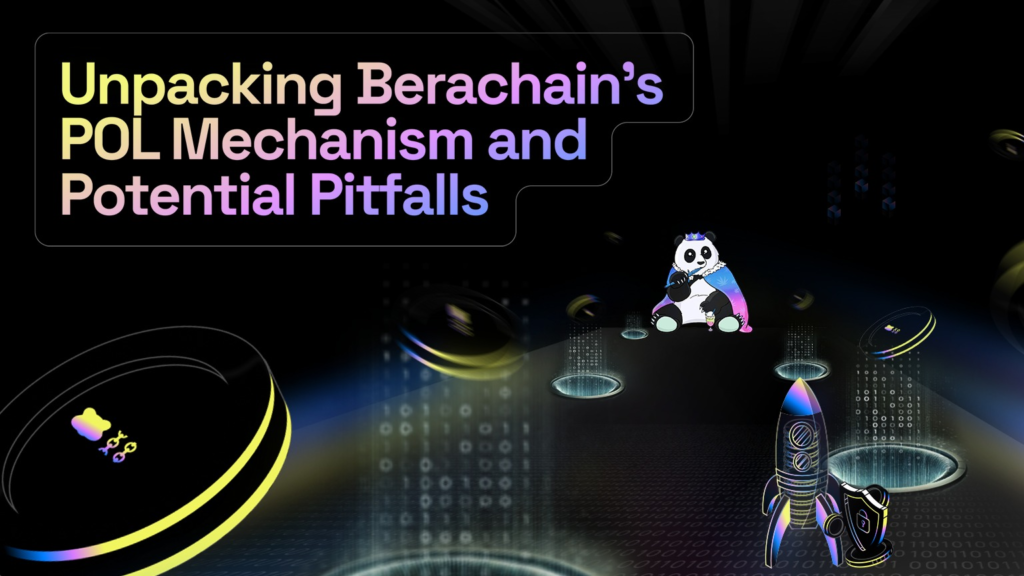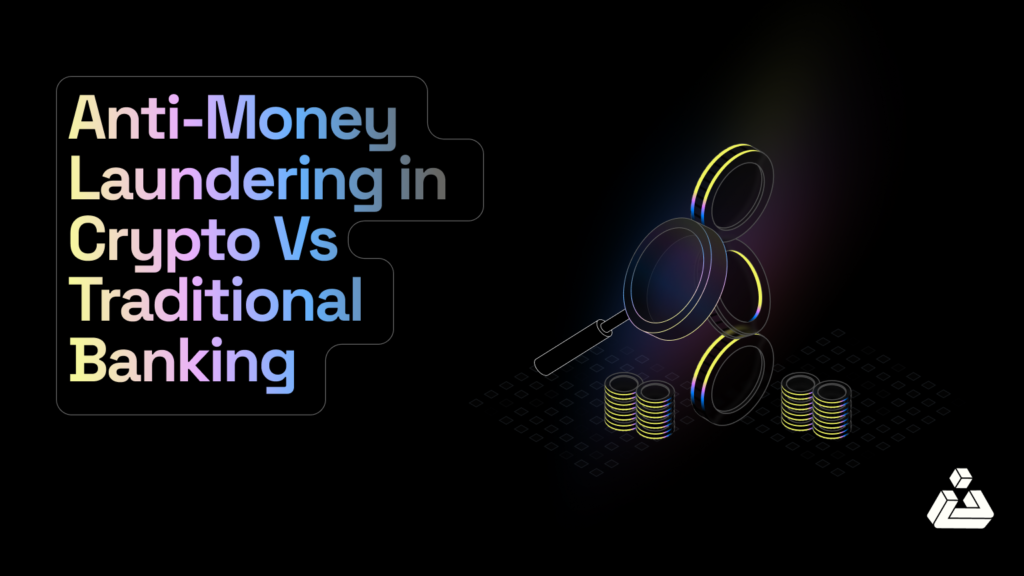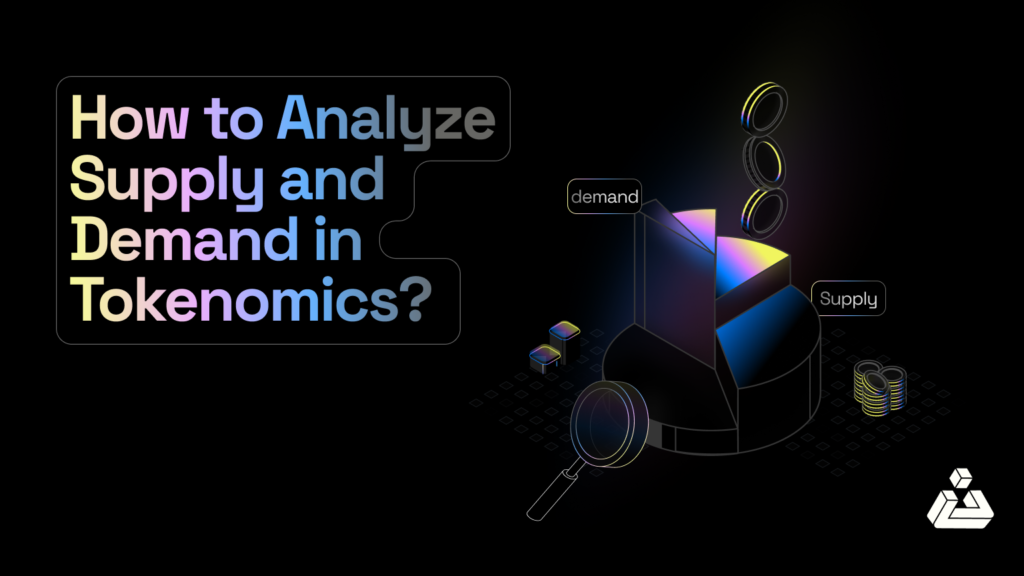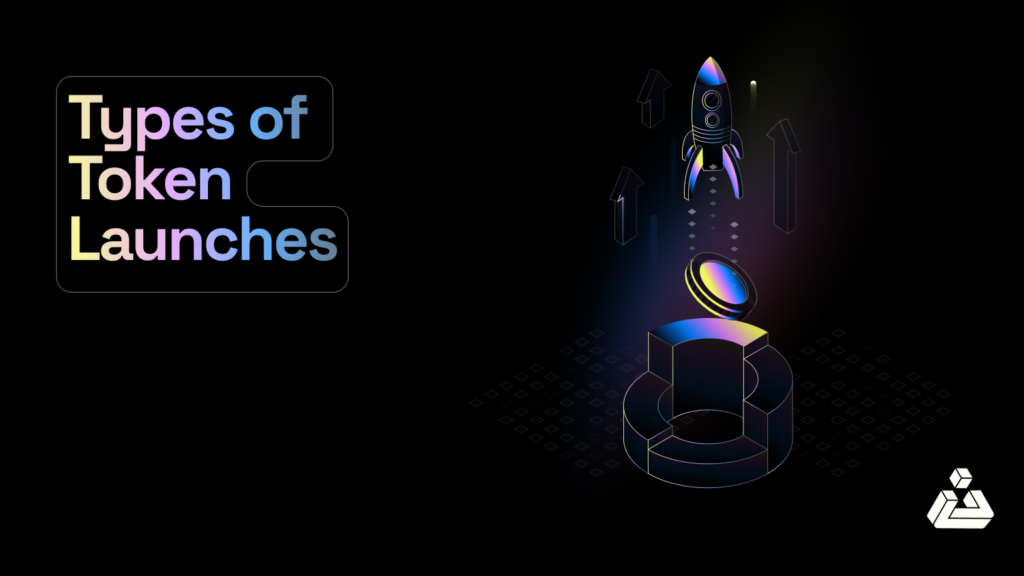Introduction:
In the Dark Forest of blockchains, Decentralized Finance (DeFi), the forest’s heart, is filled with both exciting opportunities and complex challenges. Moving around this part of the forest is a bit like navigating a new city, with different areas each offering their own unique experiences in the world of finance.
In this scenario, the key players are the market makers, high-frequency trading firms, and those who specialize in finding Maximum Extractable Value (MEV). These are the tech-savvy folks, armed with the latest tools, smart algorithms, and powerful systems. This upper hand enables them to maximize profits in ways that often seem like a closed book to the average user.
But in all the dangers of this forest, we see a rise of something called intent-based architectures in blockchain. Intents provide a user-friendly way to interact with blockchain technology a.k.a web 3.0. It’s like getting a new, smarter map that makes navigating this complex city of DeFi much simpler and more intuitive for everyone.
Paradigm, the flagbearer of web 3.0 technical innovations simply defines an intent as;
“A set of declarative constraints that allows a user to delegate transaction creation to a network of specialized third-party actors while retaining full control over the process. If a transaction is the how, the intent is what the desired outcome should be.”
Logos to Ethos:
At the technical level, intents shake up the traditional transaction model. Unlike a standard transaction that asks the user for a fixed computational route, an intent is more about setting conditions and letting the chosen path meet these conditions. With intents a user essentially says while sharing the intent of the altpool, “Here’s what I want to achieve, but I’m flexible on how we get there.”
Once an intent is moved into the altpool, the economic switch of the intent is turned on, blood for MEV searchers and solvers.
- MEV searchers analyze the data to identify the most efficient routes for realizing these intents, looking for potential profit. Their role switches back and forth between executing these transactions themselves or leveraging their insights by selling this information to solvers, often opting to do both.
- Solvers [1] [2], being strategic market makers compete in offering users the most efficient and cost-effective transaction execution. To achieve this, solvers ingeniously bundle multiple intents, allowing for a streamlined execution within a single transaction. These bundles are then strategically forwarded to block builders, who consider them for inclusion in upcoming blocks.
How intent works:
Understanding intents is directly linked to creating a mindmap of endgoals a reader should expect. The key priorities to understanding an ideal intent-centric system include the following:
- minimizing Miner Extractable Value (MEV) to ensure transaction integrity,
- enhancing censorship resistance for greater system autonomy, and
- optimizing for efficient cross-domain interactions.
However, the challenge lies in balancing the detailed articulation of these intents with a user-friendly experience, a factor crucial to the architecture of the intents protocol. At the center of the story we push this framework by answering some unresolved questions:
- defining the optimal criteria for intents,
- determining where these cross-domain intents will be posted, and
- clarifying the search parameters for solvers.
Players of intent:
Considering the different stages of the DeFi lifecycle, we see a wide space of projects being covered in order to facilitate a spread out audience. The major divisions explored in the intent-centric elysium of the web 3.0 are as follows:
1. DeFi Legos
- UniswapX: UniswapX stands out in the DeFi space with its design focused on protecting users from frontrunning and sandwich attacks, common issues in decentralized exchanges. By implementing Permit2 and a Reactor Contract, UniswapX ensures that swaps not only meet but align with user expectations. Any swap that deviates from this expectation is reversed, enhancing user trust. Additionally, its use of Dutch auction orders with time-dependent execution fosters competition among fillers, effectively minimizing predatory MEV practices.
- CoW Swap: CoW Swap introduces ‘CoW Hooks,’ a feature that empowers developers and advanced traders to embed custom actions – like trading, bridging, staking, and depositing – directly before or after trades within a single transaction. This leverages intents to offer a more flexible and efficient trading experience.
2. Intents but in Silos
- Anoma: Anoma utilizes distributed solving to allow users to have their intents fulfilled by a competitive pool of solvers. It emphasizes decentralized counterparty discovery for direct, trustless interactions and leverages collective computational power for effective intent realization. Anoma also features multi-chain atomic settlement, streamlining asset exchanges across blockchains into a single transaction.
- SUAVE: SUAVE’s roadmap, comprising the Centauri, Andromeda, and Helios phases, outlines its strategy to transform the MEV landscape with intent-centric design. Starting with a privacy-aware order flow auction in Centauri, advancing to an Execution Market and SGX-based mechanisms in Andromeda, and culminating in a decentralized building network in Helios, SUAVE is set to offer cross-domain MEV solutions and a neutral platform for various web 3.0 participants.
- Essential: Essential is developing an intent-based infrastructure with three key components: a domain-specific language (DSL) for clear intent expression, a new ERC standard that assigns solvers the task of building valid transactions to fulfill intents, and a modular intent layer that processes intents in batches, optimizing each new block as a solution set.
3. Supporting Tools
- UniBot: UniBot, a Telegram-based trading bot, simplifies DEX interactions by automating trades with features like sniper buys and MEV resistance. It replaces complex DEX interactions with a user-friendly ‘intent’ driven approach.
- Bob the Solver: This project is designed to facilitate intent-based transactions in wallets and dapps. It consists of a Solver for creating transactions and an Account Abstraction (AA) Wallet for executing them. The Solver uses a machine learning model to interpret user intents, simplifying transaction construction, while the AA Wallet handles execution details like gas fees.
Challenges:
With intents-centric systems, the web 3.0 based fintech revolution enters a new phase. Since the innovation heavily requires solvers and MEV researchers to be fair and incentivizes them to find the best path, in the same way all deliberately suboptimal operations need to be negatively reinforced so that the risks generating from this centralization of powers are addressed on the larger scale. First of all the risks are basically introduced due to the missing of a battle-tested infrastructure including the lack of;
- intent-related programming languages,
- suitable full-scale architectures,
- domain-specific solvers,
- public and open source implementations,
- front-end intent recognition parsers and
- composable intent implementation.
In intent-centric systems, a significant amount of trust is placed in the hands of solvers, MEV searchers, and block builders. These parties are responsible for receiving, processing, executing, and verifying intents throughout their entire lifecycle.
However, this concentration of responsibilities raises concerns about potential rent-seeking behaviors, where these centralized entities might exploit users for unfair advantages. Additionally, the risk of misinterpreting intents is a real challenge that must be addressed at the implementation level to ensure accuracy and fairness in transactions. On the technical front, intent-centric systems face security threats such as unauthorized access to user accounts, data breaches that compromise user privacy, and the leakage of sensitive information that could be used for market manipulation.
Who is Intent For:
In the realm of intent-centric blockchain architecture, there’s a fascinating alignment of interests. MEV searchers, solvers, block builders, and validators all have their profit motives intricately tied to the successful and optimal fulfillment of user intents.
Currently, the bulk of the value in these systems flows towards MEV searchers, solvers, and block builders. These key players collaborate to interpret and execute the most beneficial outcomes for users, while also profiting from their crucial roles in the process.
- MEV searchers and solvers are at the forefront of value accrual in this ecosystem. They are the first to encounter intents and are adept at identifying the most valuable opportunities, whether in individual intents or in potential groupings for batching. Solvers, in particular, play a market-making role, competing to offer users the most efficient and cost-effective solutions to their intents. This isn’t just a service; it’s a lucrative opportunity. Their ability to optimally solve intents aligns their interests with those of the users, fostering an efficient and transparent system that benefits all involved.
- Block builders also capture a significant share of the value. Tasked with constructing and finalizing blocks, they are pivotal in actualizing user intents. As the complexity of the system increases, the role of block builders becomes even more critical, making them invaluable to searchers, solvers, and users alike.
- As competition intensifies among searchers, solvers, and builders, we anticipate a shift in value distribution, favoring validators and stakers. This competitive landscape, coupled with increasing transparency and the replication of algorithms, is likely to compress profit margins for solvers. However, this doesn’t mean value disappears; rather, it gets redistributed. Validators and stakers, in particular, stand to benefit from this shift. A well-compensated validator pool enhances the network’s security budget, while attractive staking returns encourage more staking, bolstering overall network security.
- Finally, users – the initiators of transactions – are poised to reap significant benefits as the system matures. With solver profits and gas fees decreasing, users can execute their intents at lower costs. The heightened competition among solvers not only drives down prices but also ensures quicker transaction times, ultimately enhancing the user experience in the intent-centric blockchain ecosystem.
Conclusion
The shift towards intent-centric blockchain systems marks a pivotal evolution in the DeFi space. This approach promises to streamline transactions, aligning the interests of all parties involved – from MEV searchers and solvers to validators and users. While challenges like developing specialized infrastructure and ensuring security remain, the potential benefits are clear. As the ecosystem matures, we expect a fairer distribution of value, enhanced user experiences, and a more accessible web 3.0 environment. This intent-centric model isn’t just a technological leap; it’s a step towards a more inclusive and efficient future in decentralized finance.












